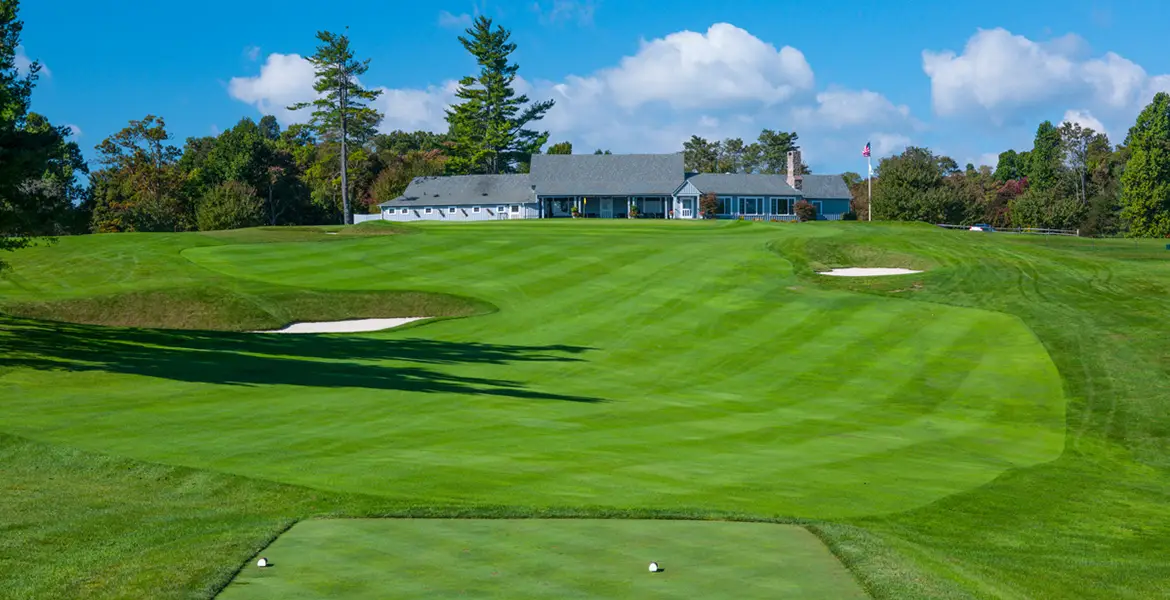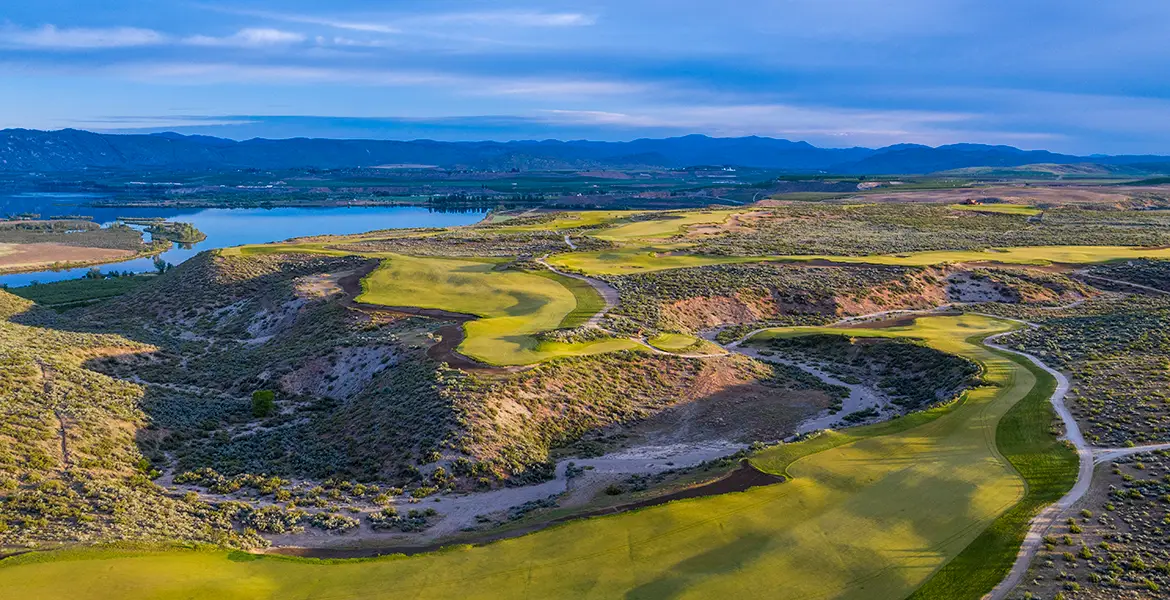
The name was as simple as the design was revolutionary. It was 1967 when Pete Dye unveiled The Golf Club, one of his greatest yet still lesser-known masterpieces. Autocratic owner Fred Jones instructed Dye, a former insurance salesman who was just getting started in the design business, to build a course that would “feel as if it’s been here forever as soon as it’s finished.”
The fledgling architect complied by completely eschewing the manicured, tree-lined bland parkland sensibility that was then the country club norm. Instead, he used a variety of grasses, including fescues in the rough, to create a bold look that is more reminiscent of England’s great heathland courses.
The unkempt nature of the terrain at the layout outside Columbus, Ohio, is absolutely purposeful, and the tree-lined corridors that eventually widen into generous fairways delineated by waving fields of native grasses are in keeping with the farmland heritage of the property.
The Golf Club showcases Dye’s emerging sense of the dramatic use of hazards to dictate strategy, create angles and define holes. The first use of Dye’s trademark railroadties and pot bunkers, inspired by a trip to Scotland, is here as well.
A frequent visitor during construction was Columbus native Jack Nicklaus, whose design opinions Dye valued. They teamed up a couple of years later at Harbour Town Golf Links, the course that catapulted Dye into prominence and started Nicklaus’ prolific player-architect career.
Just as Nicklaus is the despot behind his cross-town Muirfield Village Golf Club, Jones was The Golf Club’s “lovable dictator,” a term coined by Dye’s wife, Alice. Jones built his ultra-private retreat after arriving one day at Columbus Country Club only to find the course taken over by an outside tournament. When he expressed his displeasure, someone suggested that perhaps he should start his own club.
It was a good idea. Acres of fescue, large bunkers and the insidious presence of Blacklick Creek on four holes are the main challenges at The Golf Club. The one-shotters are particularly tough. After failing several times to finish the treacherous 200-yard 16th, Jones hung a hangman’s noose on a branch of a 270-year-old white oak that overhangs the green.
In addition to launching the modern era of golf architecture and influencing designers from Nicklaus to Tom Doak, Dye’s masterpiece also presaged the modern power game, debuting at close to 7,300 yards. It’s just another reason Dye has often been hailed, in this case quite literally, as a far-sighted visionary.






